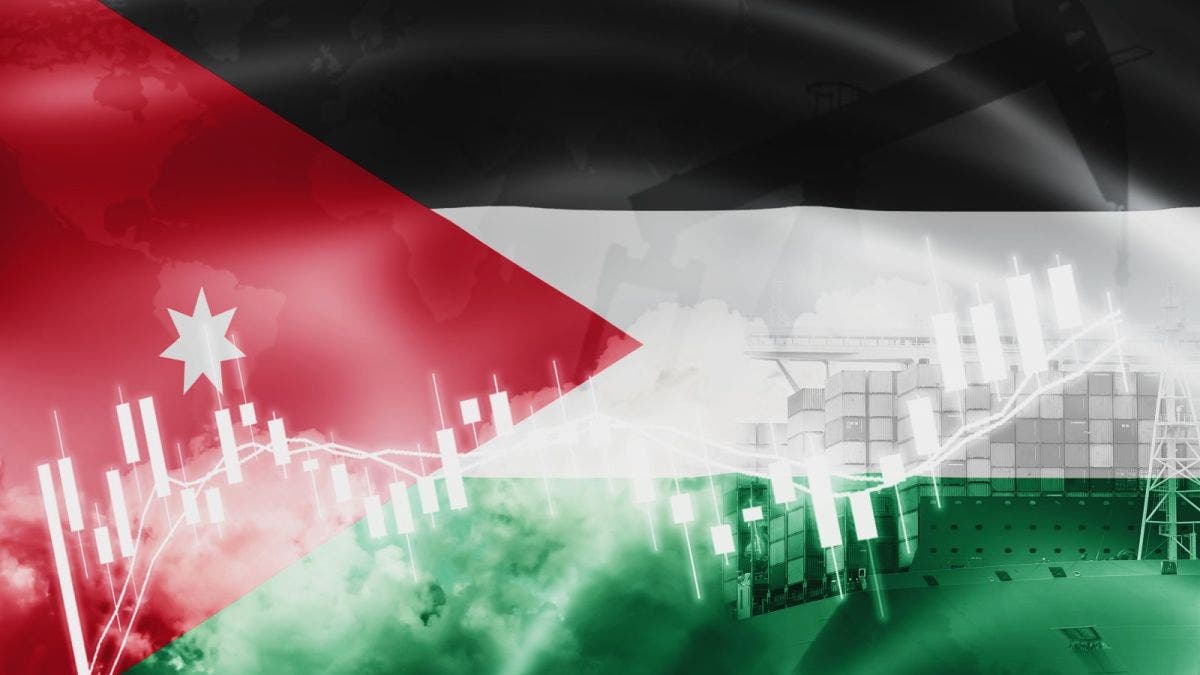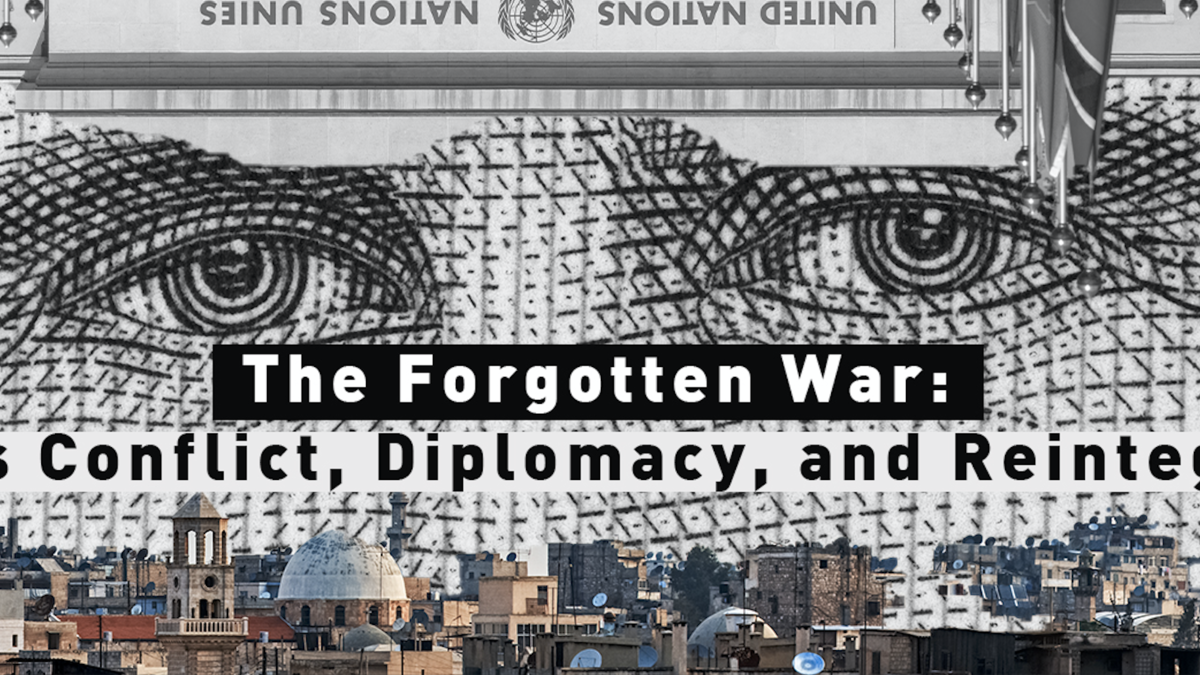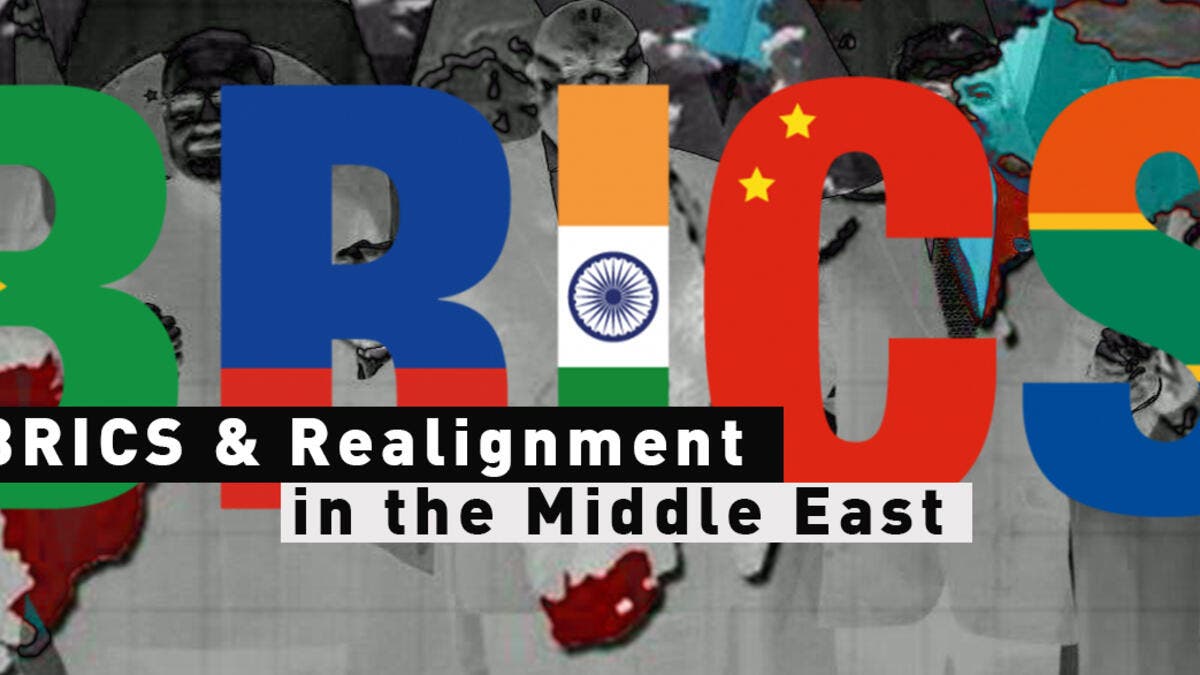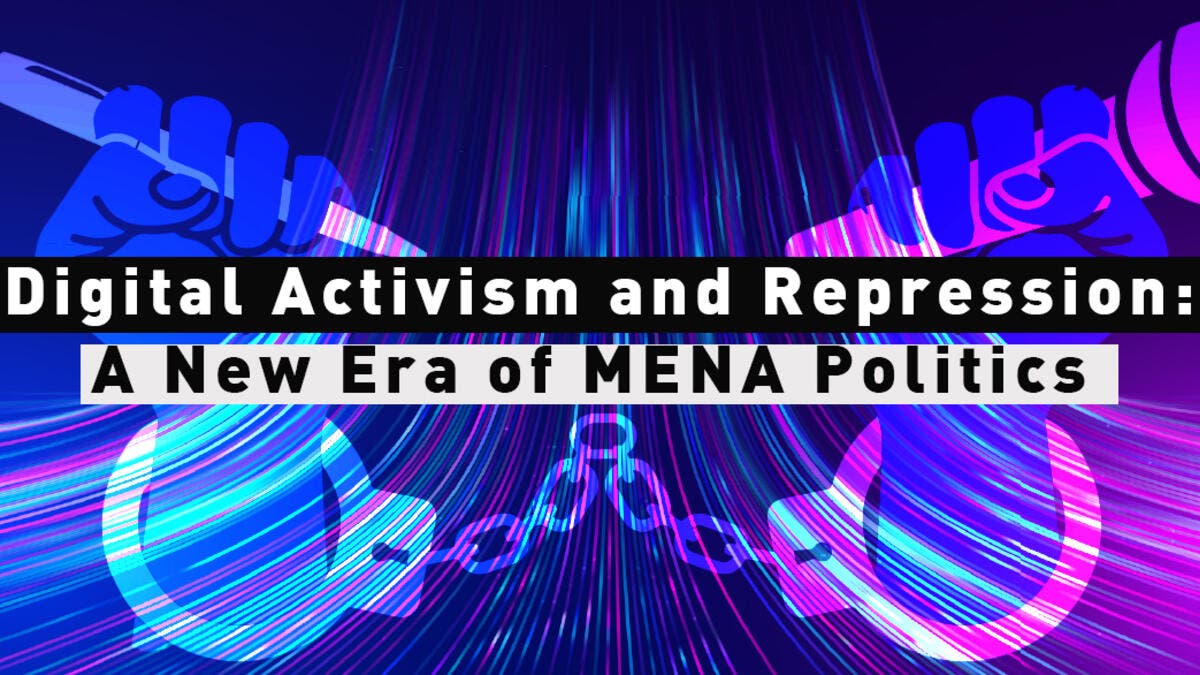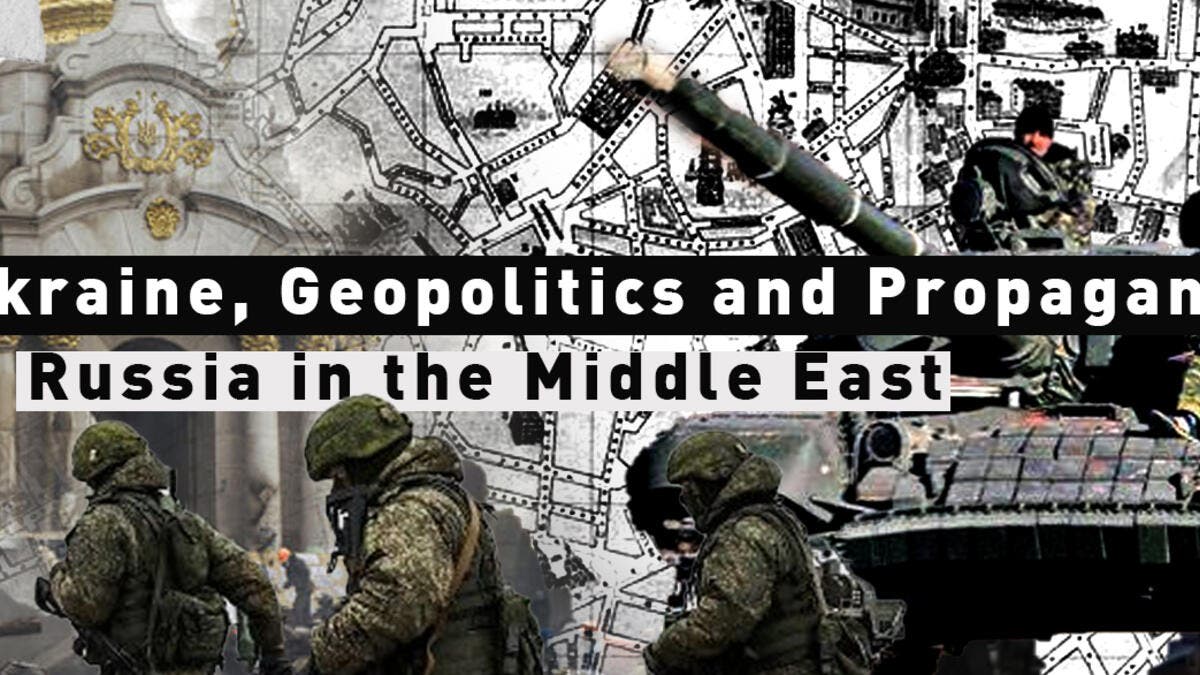
Pictures of courageous women and schoolgirls driving demonstrations and risking lives to oppose the gender apartheid of Iranian theocracy has recalled attention to the fraught relationship of Islam and politics in the Middle East. Hues of red blood and swelling around Mahsa Amini’s right ear spoke of the morality police’s violence which robbed her of life and sparked ongoing protest in the country.
Although repression is a defining quality of Islam’s use by autocratic MENA regimes, its role in political affairs is varied. Iran might be hunkering down on its puritanism, but Saudi Arabia’s religious dogmas are thawing in an attempt to renew society and recreate Saudi identity. On the state-level, the political use of Islam is evolving and, in fact, looks in retreat.
Beyond the state, groups in the region who draw inspiration from the Islamic heritage for political systems to replace Arab autocracy, are also losing vigour.
Iran might be hunkering down on its puritanism, but Saudi Arabia’s religious dogmas are thawing in an attempt to renew society and recreate Saudi identity.
The recent death of Yusuf al-Qaradawi, a prominent author of Islamist thought, was another blow to the chief champions of democratic and pluralist Islamic governance – the antithesis of the theocratic flavour in, say, Iran – Sunni Islamists. Hunted by autocrats rinsing the region of the Arab Spring, however, their sapping strength and relevance indicates that the ideology’s purchase on regional politics may be spent.
Meanwhile, Jihadism in the Middle East is equally blunted. Despite ravaging and remaking parts of the region in the last decade, the power of Jihadis today is diminished; however, the nucleus of Jihadism has relocated and it now thrives in turbulent tracts of the Sahel.

A protester holds a portrait of Mahsa Amini on Istiklal avenue in Istanbul on September 20, 2022 [AFP]
Islam, the State and Repression
With polished stripes of mint green emblazoning their white frames, the patrol vans of the morality police present a distinctive terror in Iran. Such patrols enforce the Islamic Republic’s compulsory dress code for women. Although the implementation of restrictions on female dress have waxed and waned since 1979, the euphemistically called ‘guidance patrols’ have become more assertive under President Raisi since he assumed office last year, renowned for his stiff conservatism.
Iran’s Headquarters for the Promotion of Virtue and Prevention of Vice has published a 119-page document detailing the Islamic Republic’s hijab policy and its recent escalation. In Orwellian fashion, amongst the new stipulations include the introduction of surveillance cameras to monitor and fine unveiled women or refer them for "counselling"; and placing seminary students in residential buildings to monitor how the occupants dress in communal areas.
With polished stripes of mint green emblazoning their white frames, the patrol vans of the morality police present a distinctive terror in Iran.
The document is also laden with references to so-called “psychological warfare against the enemy” to deter women from removing the hijab, to be fought chiefly on social media.
1979 made Shia Islam an inseparable part of Iran’s political structure and produced a unique strand of religious authoritarianism, of which the repression of female expression today is a symptom. In the absence of true democratic mechanisms, religion in the Islamic Republic is the key source of its legitimacy and is thus viewed as invaluable political currency.
A decade ago this seemed to complement popular opinion, but 2020 polls indicate that the position of religion in Iranian governance is now decidedly unpopular: 68% agreed that religious prescriptions should be excluded from legislation and 72% opposed the law mandating all women wear the hijab.
Although it has defied 21st century trends of modernization so far, the Islamic Republic now seems to have exhausted its religious capital; and as current demonstrations suggest, religious dogmatism will increasingly become a source of instability rather than order.
However, countering this consideration for Tehran are concerns that yielding to religious reform might encourage wider demands on political and social freedoms. A key objective for the theocratic regime is thus to demonstrate the futility of present and future protest.
1979 made Shia Islam an inseparable part of Iran’s political structure and produced a unique strand of religious authoritarianism, of which the repression of female expression today is a symptom
This logic is why Saudi Arabia accompanied its progressive reforms for women and relaxing of religious dogmas with the fierce repression of women activists.
On the surface, Tehran’s unbending appropriation of Islam has sharply contrasted with Riyadh’s moderation.
MBS’s much vaunted promise of returning the country to “moderate Islam” has been honoured with sizable reforms. Amongst which include curtailing the powers of religious police, notorious for imprisoning, rather than assisting, young women trying to escape a burning building in 2002 because of their ‘immodest’ dress.
Yet stripped of their privileged powers in 2016, they are now forbidden from detaining or arresting members of the public and their chilling presence has receded from public life. Moreover, the promotion of extremist ideas has been brought to heel by Riyadh’s control of Friday sermons.
Although many regard these reforms as welcome progress, they complete broader state efforts for maximum repression. By curbing the influence of the religious establishment and crushing dissent amongst preachers, the Saudi state has consolidated its power.
The push for “moderate Islam” also seeks to transfer the legitimacy of the Saudi regime away from religion.
Whereas Wahhabism was used to mould an identity which could overcome tribalism, MBS wishes to move the mainspring of popular identity away from religion towards nationalism, deemed a more sustainable source in the contemporary world (demonstrated by Saudi Arabia’s first ‘founding day’ celebration this year).
Unlike Tehran, Riyadh has changed its view on the political value of religion.
Indeed, the radical strategies of regimes in the Gulf and wider afield to modernise their economies and legitimacy generally suggest a shrinking role for Islam in governance, as it gives way to the banal dogmas of development and technocracy.
Whereas Wahhabism was used to mould an identity which could overcome tribalism, MBS wishes to move the mainspring of popular identity away from religion towards nationalism, deemed a more sustainable source in the contemporary world (demonstrated by Saudi Arabia’s first ‘founding day’ celebration this year).
And with geopolitics being remade within tides of national fervour, there is rising pressure on Arab states to strengthen the nation state and the shared identity of its citizens.
It is not incidental that the place of religion in school curriculums is being widely revised around the region, creating anxiety amongst conservatives. In an effort to remove anything which might sustain Islamist ideas (and Jihadist, though the two are often cynically elided), many Arab regimes wish to minimse religion’s role in public life.
Islam is still a feature of statecraft of MENA autocracies today; however, protest in Iran and sweeping change in Saudi Arabia suggest that the strategic value of its appropriation is fading.

The Muslim Brotherhood where at the hear of the protests in Tahrir Square Egypt, in 2011 [AFP]
The Death Knell of Sunni Islamism
Since Islamism emerged as a vigorous force in MENA politics in the latter half of the 20th century, its proponents have repeatedly drifted in and out of favour of Arab regimes. Once decisively out, and navigating repression, scholars have often warned that it would be hasty to write off their influence in regional affairs; or as was recently argued with reference to the present condition of the Egyptian Ikhwan, “too soon to write the obituary of Islamism.”
Those who declared its death decades ago were indeed proved wrong by Islamism’s forceful return in 2011.
Thus, the logic of this present caution stems from the spirited survivals – and then revivals – of Islamist organisations negotiating state repression. With such precedent, so the argument proceeds, we should not exclude their presence from future scenarios in MENA politics.
Those who declared its death decades ago were indeed proved wrong by Islamism’s forceful return in 2011.
But though Islamists may occasionally re-emerge as fragments of social protest, there are compelling reasons to believe that their time as a meaningful political force, in governance or opposition, has expired.
The sense of Islamism’s ending was perhaps best expressed by the wizened Ibrahim Munir, acting head of the Egyptian Ikhwan, in an interview with Reuters in July. Munir declared that the organisation has renounced its ‘struggle for power,’ through electoral and forceful means. However, given the movement lacks the ability to do either at present, the words felt empty and lame.
Of the little that remains of the Ikhwan, its road back into Egyptian public life continues to be blocked by the Sisi regime, whose unaccommodating mood is unlikely to yield given the exclusion of the Ikhwan from the national dialogue announced earlier this year.
And even in the improbable event of social protest and political change, Egyptian institutions, and sizeable segments of population, have proved their unwillingness to permit the Ikhwan fair competition in an open system; acknowledging there can be no Arab democracy without Islamists, many willed and enabled its removal in 2013.
Strategic pressure on Turkey to sever its relations with the Islamist organisation, by virtue of its rapprochement with Egypt, is also a growing anxiety for its members; geopolitical imperatives and realities question how long Ankara will deem its privileged hospitality to the Ikhwan, with whom it sympathises ideologically, worthwhile.
Of the little that remains of the Ikhwan, its road back into Egyptian public life continues to be blocked by the Sisi regime, whose unaccommodating mood is unlikely to yield given the exclusion of the Ikhwan from the national dialogue announced earlier this year.
But internally too, the organisation is shot through with lassitude and conflict. Unlike prior repressions, the overriding goal of regime change and governance was attained; however, the experience was of wasting achievement. With Ikhwan members now emptied of fantasy and filled with disillusion, the reserves of strength which sustained the organisation in prior periods of repression are likely lacking.
The repression and exile of the Egyptian Ikhwan is an almost universal condition for proponents of Islamism today. Now that the counterrevolutionary forces which frustrated the 2011 Arab Uprisings have subdued the Tunisian anomaly, members of its largest and religiously conservative party, Al-Nahda, may soon face the obstacles thwarting their Islamist relations across the region.
This was confirmed by the news in September that Rachid Ghannouchi, former speaker of Tunisia's dissolved parliament and president of the al-Nahda movement, has been summoned to a police station facing accusations of supporting "terrorism" – a dubious charge which exploits his prior Islamist leanings.
But even before the initial currents of repression which promise to drag Tunisia back into a pre-revolution state of autocracy, Al-Nahda consciously sought to shed its Islamist colours on entering mainstream politics. Its strategy spoke of the necessity of blunting Islamism into a bland conservatism in order to practice politics in an ideologically diverse society.
And where Islamists have submitted to state co-option in a bid to elude repression, such as in Morocco, they have fared no better. In 2021, the moderate Islamist party, the PJD, was decisively removed through the ballot box, losing 90% of its parliamentary seats. Such results reflect popular distrust with the party over its failings in government.
In contrast, the Islamist organisation, Al Adal wa Ihsan, has retained its popularity by refraining from Moroccan politics and submitting to the monarchy. Although they have long been an illegal outfit, tolerance has generally defined the state’s attitude towards them. But this has shifted in recent years, and the Islamist group is now being choked by state repression.
With autocrats ruthlessly erasing their presence (and so, historically, their chief opposition) from the region, and, unable to use electoral politics when fleeting opportunities do surface, the political rebirth of Sunni Islamism in any number of future scenarios seems implausible.
With autocrats ruthlessly erasing their presence (and so, historically, their chief opposition) from the region, and, unable to use electoral politics when fleeting opportunities do surface, the political rebirth of Sunni Islamism in any number of future scenarios seems implausible.
It therefore appears that the only variation of Islamism which will endure are its more personal forms: namely, those exemplified in mainstream Salafism. Most Salafi groups have avoided politics entirely and rarely broken faith with their patronage of autocrats.
Their autocratic sympathy or apathy has helped Salafis grasp a truth originally divined by Islamists in the 20th century but fatally resisted in 2011: that social, rather than political, activism is the most effective and durable strategy for growing the role and convictions of Islam in public life.

A protester holds a placard reading "France, gardener of terrorism" during a demonstration organised by the pan-Africanst platform Yerewolo to celebrate France's announcement to withdraw French troops from Mali, in Bamako, on February 19, 2022 [FLORENT VERGNES/AFP]
The Reshuffle of Jihadism
After 20 years of the global war on jihadism, great-power rivalry now defines the foreign policy of Western governments. Such change reflects the retreat of jihadism in the Middle East but neglects its swell in the Sahel.
This was exemplified by President Macron’s recent announcement to withdraw troops from Mali, a country whose lengthy jihadist insurgency has caused thousands of deaths and driven hundreds of thousands from their homes. Like America’s departure from Afghanistan, France is occupied with other foreign policy issues, e.g., war in Europe.
After 20 years of the global war on jihadism, great-power rivalry now defines the foreign policy of Western governments. Such change reflects the retreat of jihadism in the Middle East but neglects its swell in the Sahel.
Burkina Faso, for instance, has almost half of its territory controlled by Isis and Al-Qaeda-linked militias. Just like Mali, this year is set to have the highest death toll for jihadi violence in the country since the crisis began a decade ago; and this insecurity has been the pretext for two successful coups in 2022 alone.
In June, 89 people were killed in a northern village by suspected jihadists.
Meanwhile in Somalia, the president began his second term this October declaring “total war against al Shabaab” after a 30-hour siege in a Mogadishu hotel which left 20 casualties. Even militias of farmers are being assembled by a desperate government searching for stability.
It is not just a case of governments versus insurgents; rivalry between jihadi organisations is also a cause of major conflict.
As Global Terrorism Index observed this year: “The situation in the Sahel is rapidly deteriorating, with eight attempted coups in Burkina Faso, Mali, Guinea and Chad in the last eighteen months. The underlying drivers are complex and systemic, including poor water utilisation, lack of food, malnutrition, strong population growth, and weak governments.”
Meanwhile in the Middle East, al-Qaida returned to global consciousness in August in an event which spoke of its undoing: the death of its leader, Ayman al-Zawahiri. The meeting of two Hellfire missiles on an unsuspecting al-Zawahiri on a balcony in Kabul confirmed the end of an era for the organisation.
Under the former Egyptian doctor, al-Qaida was content to stave off its decline and slowly restore the organisation while the dizzying rise of ISIS exhausted global and regional attention.
Meanwhile in the Middle East, al-Qaida returned to global consciousness in August in an event which spoke of its undoing: the death of its leader, Ayman al-Zawahiri.
Al-Qaida ceded its position as the world’s foremost jihadist organisation to ISIS. The audacious action and success of the latter placed into sharp relief for many jihadis the lameness of the former; however, since ISIS’s caliphate came to an abrupt end, many have reconsidered al-Qaida in a more charitable light.
Al-Qaida’s expectation that 9/11 would kindle a revolutionary period of US retreat from the Middle East and the ensuing defeat of weakened autocrats to an unassailable tide of jihadism, remains abstract. Moreover, its central leadership has been impotent since 2002 when it executed its last act of international terrorism in Mombasa, Kenya (showing how the original objective of the West’s invasion of Afghanistan was fulfilled).
However, a victory for the organisation has been its strengthening presence in Africa by inspiring and empowering al-Qaida franchises.
The presences of al-Shabaab and Jama’at Nasr al-Islam wal Muslimin (JNIM), in East Africa and the Sahel, are robust. But the relative success of these organisations has been achieved through their autonomy, which has sacrificed al-Qaida’s global influence. This is also true of ISIS’s franchises, like Boko Haram in Nigeria, who complement its global agenda but over which ISIS has no direct operational control.
The global jihad summoned by the likes of bin Laden has retreated back into the localised jihadism typical of mid to late 20th century.
The presences of al-Shabaab and Jama’at Nasr al-Islam wal Muslimin (JNIM), in East Africa and the Sahel, are robust.
The return of Taliban governance in Afghanistan might improve al-Qaeda’s fortunes; al-Zawahiri’s residence in Kabul revealed its intimacy with certain elements in the Taliban leadership. But regardless, its aspirations will be hobbled by the organisation’s limited capacity.
Drawn from remnants of al-Qaida, ISIS persists in a similarly wilted state.
In January, the group reclaimed media attention through an assault on the al-Sinaa prison in Hasaka, Syria to liberate many of its militants, leaving hundreds dead. This led to heavy speculation that this was evidence of ISIS’s resurgence and its enduring threat.
However, such concerns were eased a matter of days later when its leader, Abu Ibrahim al-Hashimi al-Qurayshi, was killed in a daring U.S. special operations raid.
The infamous al-Hol camp in northeast Syria is widely seen as a lifeline for ISIS on account of its ripe conditions for exploitation. As observed by Army Gen. Michael Kurilla, the commander of U.S. Central Command, it “is a literal breeding ground for the next generation of ISIS.”
Such concern informed the Biden administration’s recent announcement of renewed efforts to reduce its population through repatriation.
The upkeep of counterterrorism pressure, led by Western forces, has been a decisive factor preventing an ISIS resurgence. However, with conflict now swamping or threatening to emerge in other parts of the globe, the longevity of such pressure is doubtful.
The upkeep of counterterrorism pressure, led by Western forces, has been a decisive factor preventing an ISIS resurgence. However, with conflict now swamping or threatening to emerge in other parts of the globe, the longevity of such pressure is doubtful.
A final consideration is that the roots of contemporary jihadism derive from the repression of Islamists by Arab regimes in the 1960-70s; the former’s strategy for creating Islamic systems of governance assumed violent qualities when Arab societies offered only repression and exile.
Present repression of Islamist groups has reignited violence amongst Islamists and, critically, removed Jihadism’s most powerful ideological competitor.
The continuity of broken and repressive governance in the region promises to provide ample inspiration and even opportunity for its trends to survive, however now subdued.

A general view of Mosul's destroyed Old City, January 8, 2018 [AFP]
Reconsidering Islam in MENA Politics
Islam has long been a source of political value and inspiration in Middle Eastern history; and its appropriation has been diverse. In their short spans of nationhood, MENA states have regularly witnessed leaders exploit religion for purposes of order, legitimacy, and to temper religious opposition.
Iranian theocracy is an anomaly whose ruthless survival will sustain public protest until it is unmade; however, Islam’s place in Arab autocracy today is being widely revised.
With the diminishing wave of Islamism, in which fewer people are prepared to swim given its electoral failures and repressive risks, a large element of religious pressure has been released.
With the diminishing wave of Islamism, in which fewer people are prepared to swim given its electoral failures and repressive risks, a large element of religious pressure has been released.
As small ‘c’ conservatives in the West have learnt (most acutely in Britain under Margret Thatcher in the 1980s), grand projects of modernization and economic development – like those of Arab leaders today – are irresistibly hostile to forces of conservatism, be they religious or social. This reality is slowly seizing Arab politics and wider society.
There has been much intellectual debate in recent decades over whether the Islamic heritage uniquely offers inspirational resources for modern politics, unlike other major religions. Assuming so, the political capacities of Islam seem destined to remain more dormant in the future of the Middle East than in its contemporary history.
The views expressed in this article do not necessarily reflect those of Al Bawaba News.



